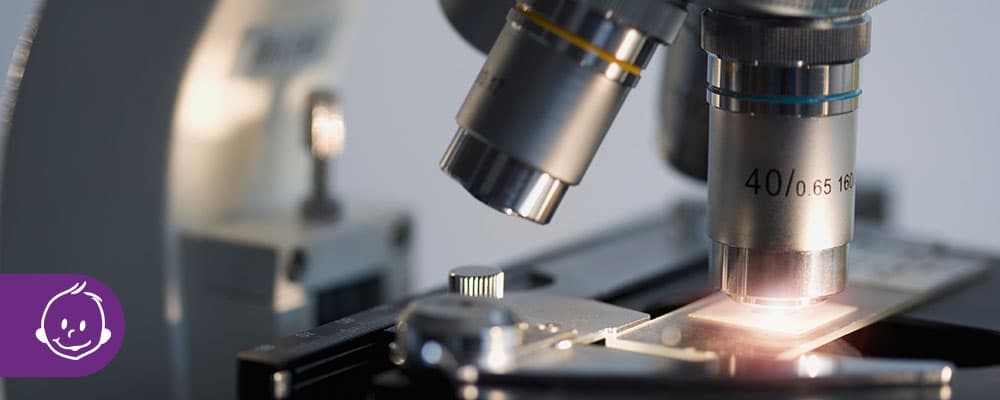To our valued patients, with regards to the situation in Alabama Read More
- Chattanooga: 423.899.0500
- Knoxville: 865.692.3433
- Chattanooga: 423.899.0500
- Knoxville: 865.692.3433
To our valued patients, with regards to the situation in Alabama Read More

When you consider that most of the animal world has pregnancy rates that far exceed those of humans, is it natural to wonder why. While rats and rabbits become pregnant almost every time sperm comes in contact with eggs, for humans that rate is somewhere in the 20 percent range. With more frequent genetic testing of human embryos being utilized as a way to enhance IVF pregnancy rates, we are discovering that a major reason for the difference between humans and most animals has to do with genetic abnormalities in the embryos.
If you remember back to high school biology class, every cell in our bodies has 46 chromosomes. Every cell, that is, except for immature sperm and immature eggs, which have doubled the number of chromosomes to 92. How, then, do sperm and egg unite to produce a child with 46 chromosomes, half from the mother and half from the father? Obviously, there has to be some loss of chromosomes along the way.
Immature sperm cells reduce the number of chromosomes by evenly dividing into two smaller cells with 46 chromosomes each. These divide again into cells with 23 chromosomes that then grow tails and become mature sperm. In summary, you get 4 mature sperm each with 23 chromosomes from one immature sperm cell with 92 chromosomes.
The egg undergoes a similar, yet different process. The egg, needing to bring along nutrient stores for the early embryo, maintains its size (in fact it grows a bit), but it sends out half of the chromosomes in a little structure called a polar body. Then, at fertilization when the sperm enters the egg, the egg sends out 23 more chromosomes as a second polar body to get the embryo down to 46 chromosomes.
Men continually make new immature sperm cells, and the cellular machinery that is responsible for making sure that the chromosomes are evenly distributed between the cells as they divide is relatively fresh and new.
Women, on the other hand are born with all the eggs they will every have, and they are resting at the 92 chromosome stage from about 20 weeks of age in their mother’s uterus. They have been subjected to environmental insults and normal aging processes for as many years as the woman has been alive, and often the cellular machinery becomes disordered and begins to make mistakes. In fact, by the time a woman is 25 years of age (quite young to be having children in our modern society, but old for most animals), about 30% of the eggs do not have the correct number of chromosomes. They may have too many or too few – a condition called aneuploidy. In any case, those embryos typically stop growing so early in development that the woman would never know she conceived anything that month when her period begins at the usual time.
By the time a woman is 36 or 37, up to one half of the nice-looking embryos produced through IVF will be shown to have these extra or missing chromosomes and actually have no chance of producing a baby, and the numbers get worse with age. If one of these genetically abnormal embryos is chosen, the pregnancy test will be negative. If we can know which embryos are genetically normal, we will increase the chances of pregnancy with each attempt and limit the pain caused by negative pregnancy tests.
Through a process known as preimplantation genetic screening, or PGS for short, we now have the ability to take a small sample of the placental portion of an embryo (5-10) cells and check to make sure the right number of chromosomes are present. The test will also screen for Down’s syndrome and provides information about the sex of the embryo. In addition, we also have the ability to test embryos for specific inherited diseases such as cystic fibrosis, sickle cell anemia and virtually any other disease where the abnormal genetic code is known. A new method for testing has been introduced that will test the entire genetic code of the embryo. With these tests, we have moved beyond merely testing the number of chromosomes and are now down to the actual gene level of testing, which provides even more detailed information about embryo health.
PGS is currently available to couples undergoing IVF at The Fertility Center and as technology advances, we will continue to provide our patients with the most up-to-date tests.